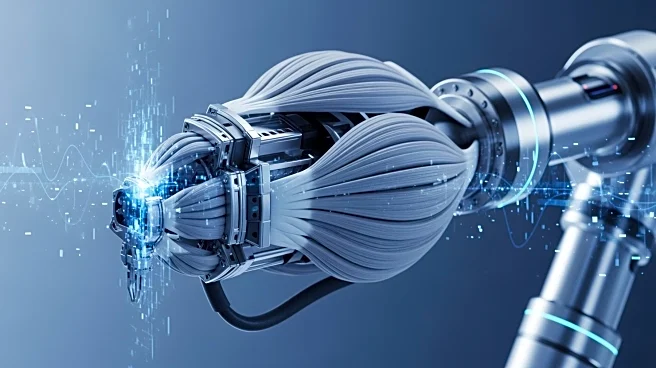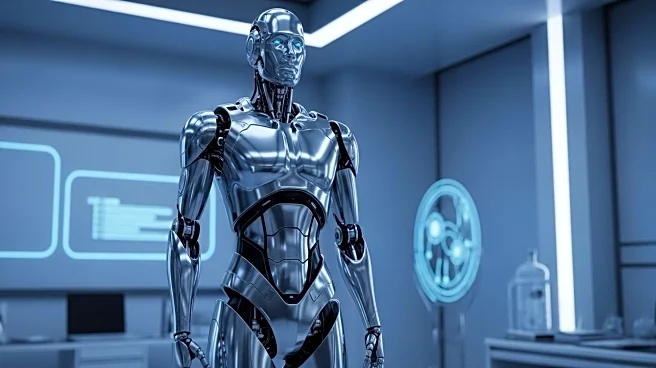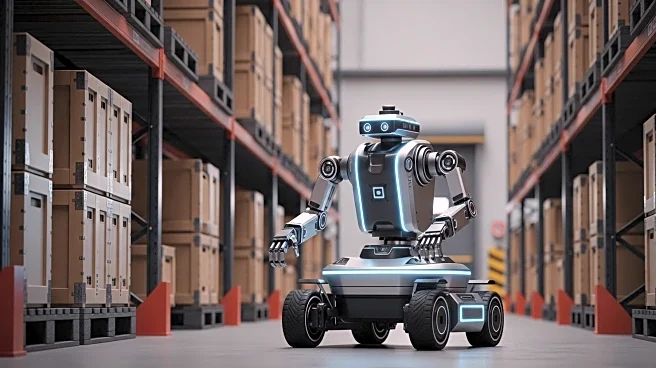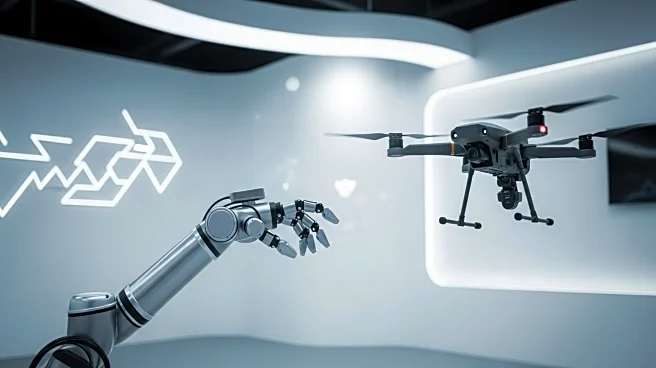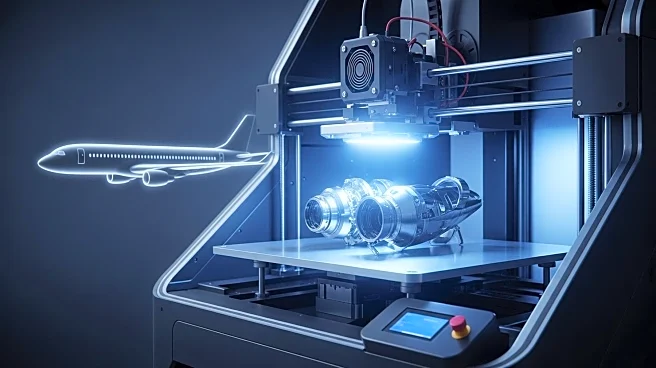What's Happening?
Spike Dynamics, a U.S.-based robotics company led by CEO Alexander 'Sasha' Sergeev, is developing ultra-compact, muscle-like piezoelectric actuators. These actuators deliver high precision and force at microscopic scales, originally designed for intravascular
medical robotics. The technology is now finding applications beyond medicine, including humanoid robots and space exploration. Spike Dynamics has open-sourced a non-medical subset of their actuator technology to accelerate innovation and build a community around it. The company aims to balance regulated medical development with open collaboration, potentially reshaping the future of microrobotics and precision motion systems.
Why It's Important?
The open-source strategy adopted by Spike Dynamics could significantly impact the robotics industry by fostering innovation and collaboration. By making part of their technology accessible, the company is encouraging engineers and researchers to explore new applications and improve upon existing designs. This approach not only accelerates technological advancements but also positions Spike Dynamics as a leader in the field of microrobotics. The muscle-like piezoelectric actuators offer advantages over traditional motors, such as direct linear motion without gears or magnetic interference, making them suitable for environments where electromagnetic systems are unsuitable.
What's Next?
Spike Dynamics plans to sustain and grow commercially through hardware sales, licensing, services, and partnerships. Over the next 12-18 months, the company will focus on completing in-vitro validation and preclinical design studies, securing new collaborations, and raising Series A funding for further development. The company aims to initiate GLP animal studies and submit an IDE to the FDA, while also exploring broader applications for their actuator technology in industries such as aerospace and defense.
Beyond the Headlines
The open-source model adopted by Spike Dynamics raises questions about intellectual property and competitive advantage in the robotics industry. By sharing their technology, the company is creating a network of contributors who could potentially become partners, customers, or hires. This approach challenges traditional business models and could lead to a shift in how companies develop and commercialize new technologies.
